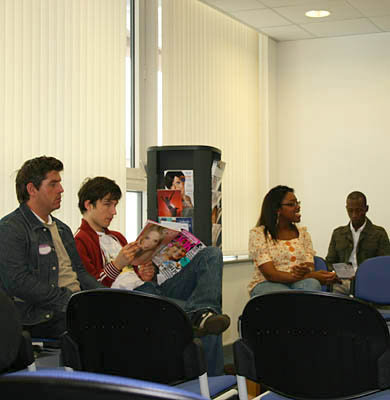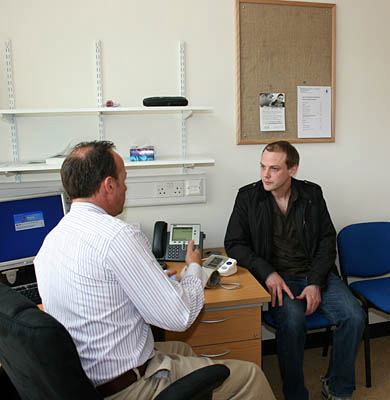Working with Local Community Organisations course for GPs



Voluntary and community organisations can help your patients in a variety of ways. This session enables you to ‘match’ the support needs of people who use your practice with other local organisations that could help them. This session was reviewed by Suchita Shah and last updated in February 2015.
Learning Objectives
By the end of this session you will be able to:
- Describe what a voluntary and community organisation is
- Demonstrate how and where to locate information about voluntary and community sector provision in your local area
- Demonstrate how to make closer links with local voluntary and community organisations
- Reflect upon the skills required to make appropriate and effective referral decisions
Another source of support for patients that is often less well understood is the voluntary and community sector.
Asif Afridi is Deputy CEO at brap, a national equality and human rights advisory organisation based in Birmingham. brap adopt an inclusive and rights based approach to equality, drawing on their ten years of practical experience addressing inequality and promoting social justice in Birmingham. They avoid approaches that rely on promoting the needs of one group over another, as they think this approach tends to restrict, rather than enable the progress of equality. Their approach, above all else, recognises the freedoms that all people should be able to enjoy.
Asif is a published researcher with national and international human rights and equalities experience. Before joining brap he worked for the European Commission human rights department in China and Belgium. Recently he has produced research reports for: the EHRC transition team (civic engagement of non-religious people in the UK); Commission on Integration and Cohesion (link between deprivation and community cohesion); and the national voluntary sector performance and finance hubs (effect of changes in funding for the voluntary and community sector).


Dr Gill is a Reader in Primary Care Research at the University of Birmingham and a GP in Birmingham. His research interests include addressing health inequalities particularly amongst migrant populations and evidence-based health care and its application to health care delivery. In addition he is also the Regional Patron for the charity South Asian Health Foundation
- Communication Impairments Part 4: Autistic Spectru...
- Posted By eIntegrity Healthcare e-Learning
- Posted Date: 2024-12-23
- Location:Online
- This session is the last of four that looks at different speech, language and communication impairme...
- Communication Impairments Part 3: Cleft Palate, He...
- Posted By eIntegrity Healthcare e-Learning
- Posted Date: 2024-12-23
- Location:Online
- This session is the third of four which describe different speech, language and communication impair...
- Communication Impairments Part 2: Specific Speech ...
- Posted By eIntegrity Healthcare e-Learning
- Posted Date: 2024-12-23
- Location:Online
- This session is about speech sound disorder (SSD). It describes the characteristics associated with ...
- Communication Impairments Part 1: Late-talking Tod...
- Posted By eIntegrity Healthcare e-Learning
- Posted Date: 2024-12-23
- Location:Online
- This session is the first of four which describe different speech, language and communication impair...
- Typical Development Part 2: First Words and Early ...
- Posted By eIntegrity Healthcare e-Learning
- Posted Date: 2024-12-23
- Location:Online
- This session gives an overview of the main aspects of how language typically develops in children. I...







